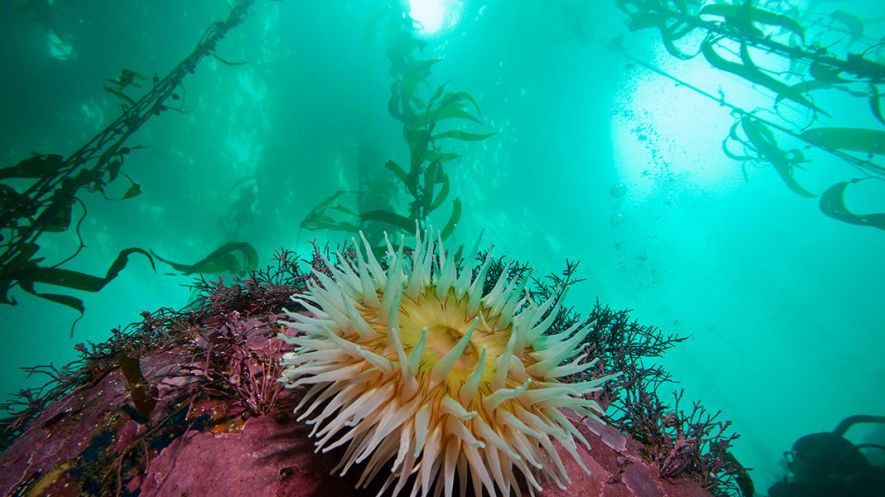On 20 January 2016, NOAA released the Monterey Bay National Marine Sanctuary Condition Report that describes the state of the sanctuary's resources and pressures that affect the nation's second largest marine sanctuary. While overall the sanctuary's habitats and animals are doing quite well compared to much of the ocean, this detailed assessment helps to identify sanctuary resources that still have room for improvement.
By providing important measures of the current status of sanctuary marine resources, the report will help inform future resource protection initiatives. It is one of an ongoing series of condition reports for all national marine sanctuaries.
"This report is our second effort to comprehensively describe the status, pressures and trends of resources in the sanctuary, having completed our first report in 2009," said Paul Michel, Monterey Bay National Marine Sanctuary superintendent. "This new report helps identify gaps in current scientific knowledge and information needed for considering future management challenges and actions."
However, the report also notes that challenges remain, including contaminants in some habitats and marine life, marine debris impacts to wildlife, beach erosion, wildlife disturbance and harmful algal blooms. Larger, more global issues, such as climate change and ocean acidification, are significant areas of concern, where some impacts are being detected, but long-term effects are not well understood.
The peer-reviewed condition report was prepared in consultation with subject experts from the scientific community. The full report is available online here.
The sanctuary works with a wide array of federal, state, academic and local partners to help sustain healthy environments that are the foundation for thriving communities and stable economies in central California. The sanctuary is an anchor for coastal tourism, a haven for divers, kayakers and snorkelers, and a hub for research conducted from Cambria to the Golden Gate.
Designated in 1992, the 6,094-square-mile Monterey Bay National Marine Sanctuary protects a nationally significant ecosystem of deep submarine canyons, nutrient-rich waters, critical estuarine habitat, vibrant species assemblages and abundant recreational opportunities. Through public education and resource protection programs, the sanctuary works to ensure that its important ecological, archaeological and recreational sites are preserved for future generations.





